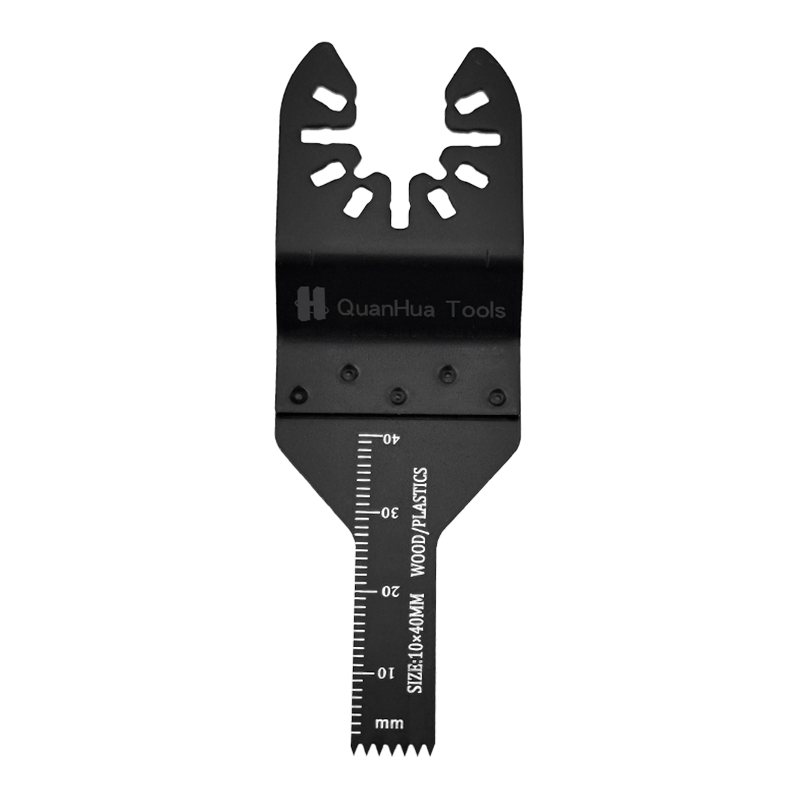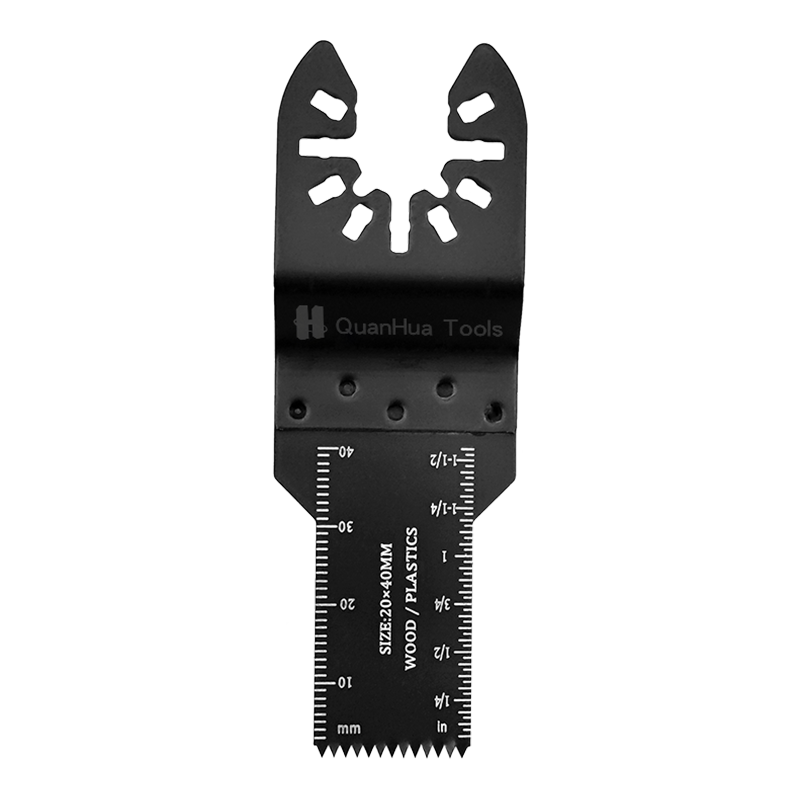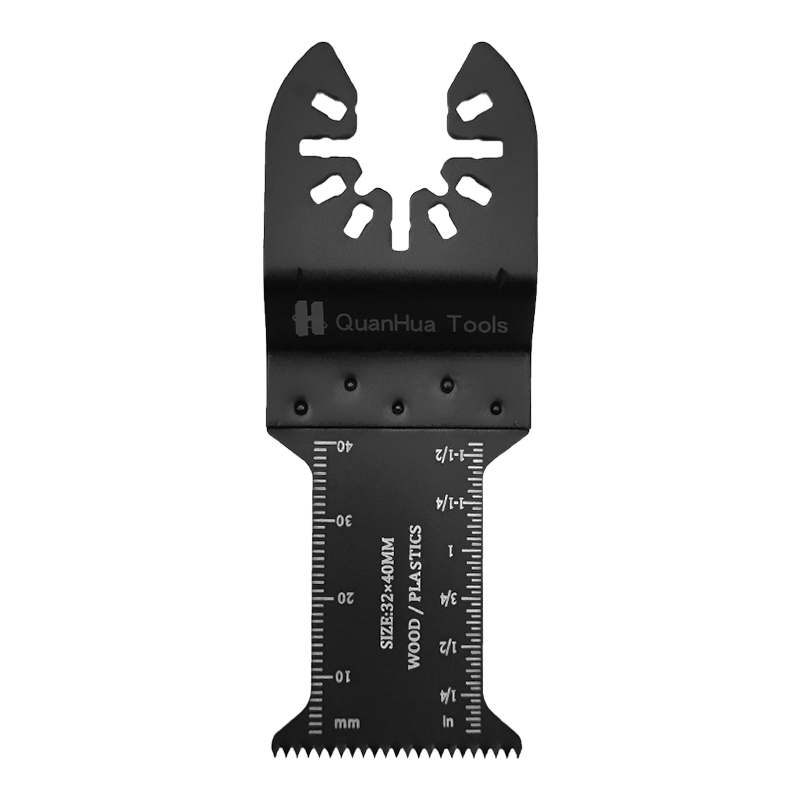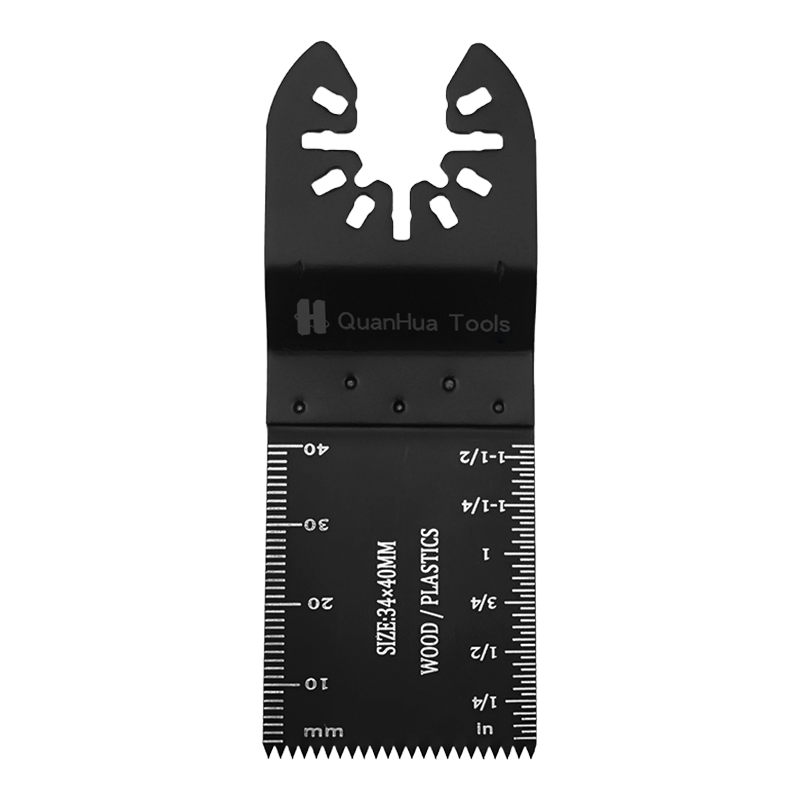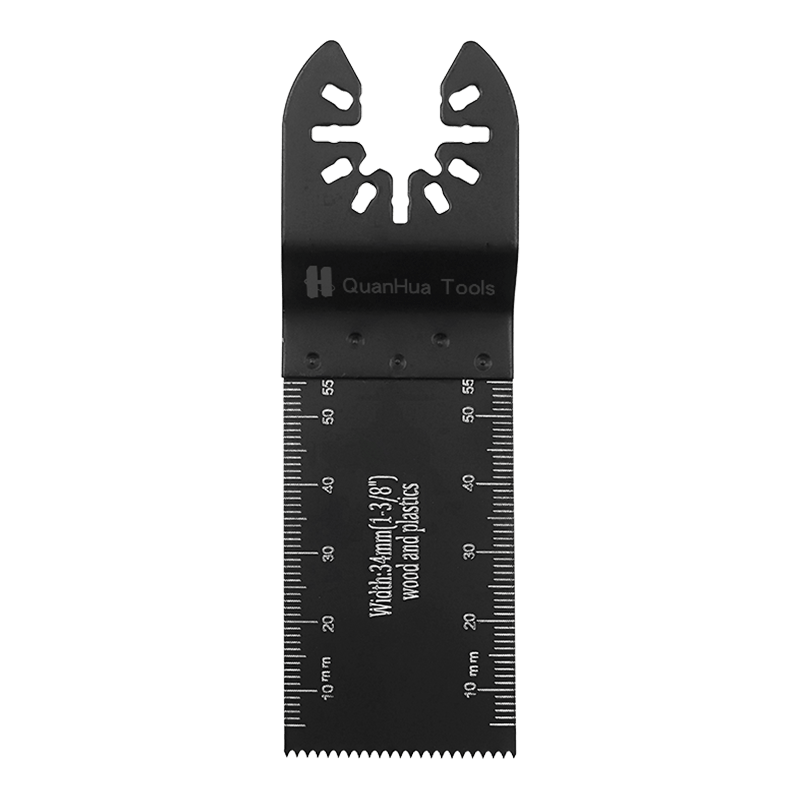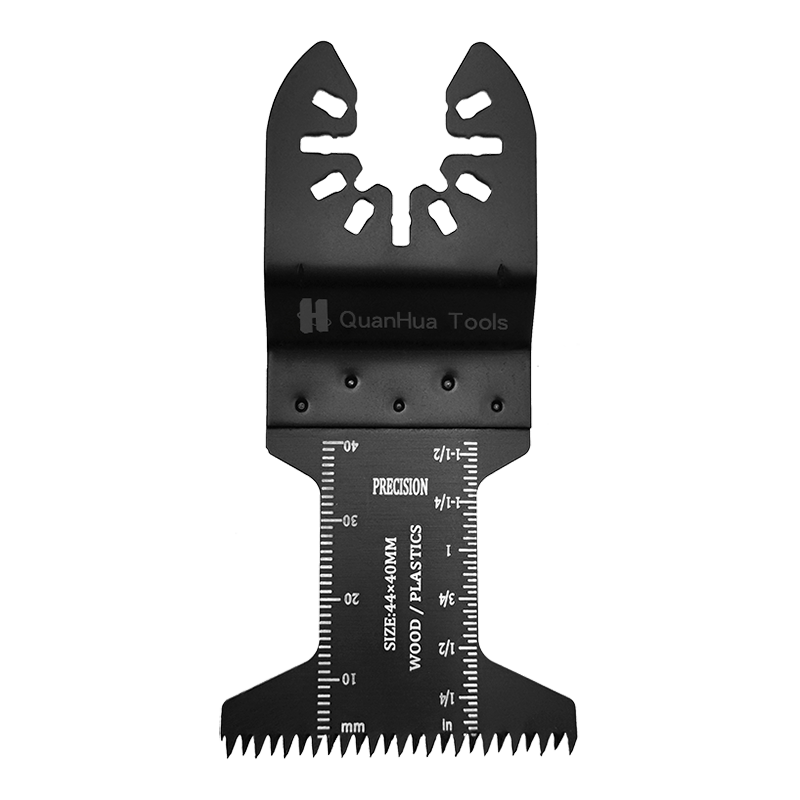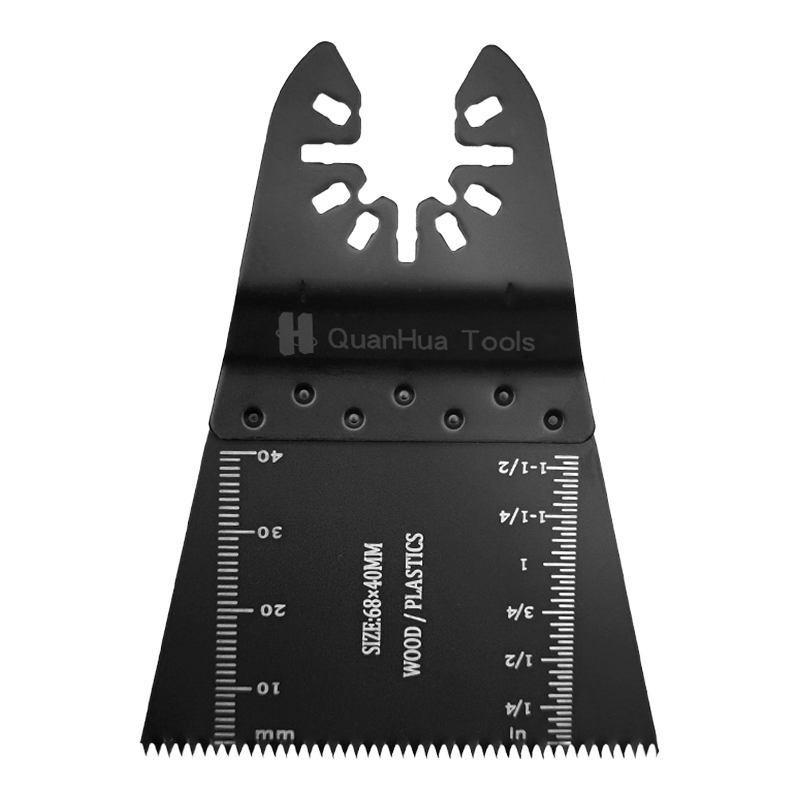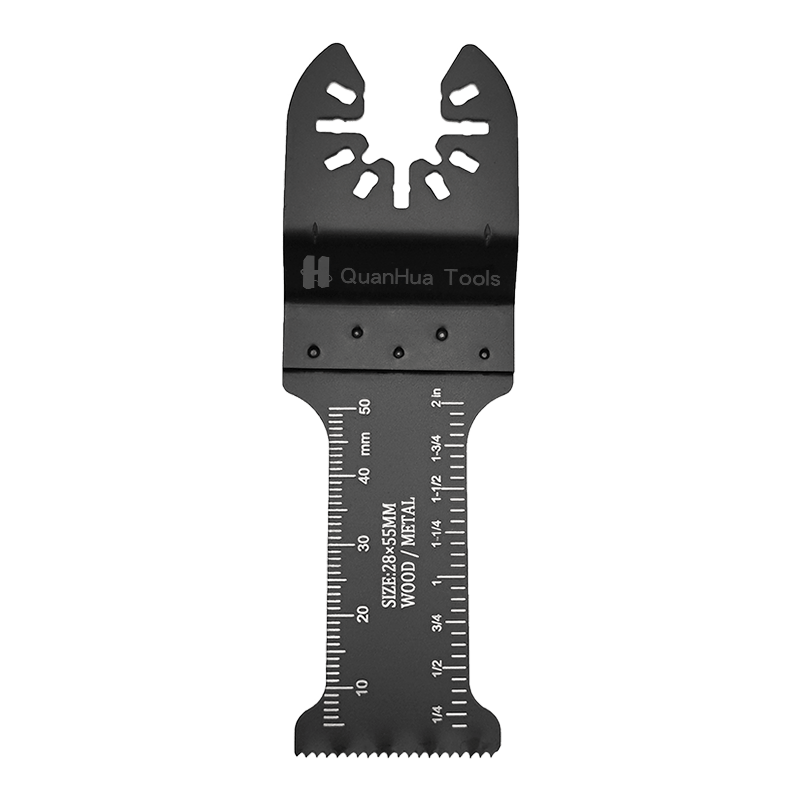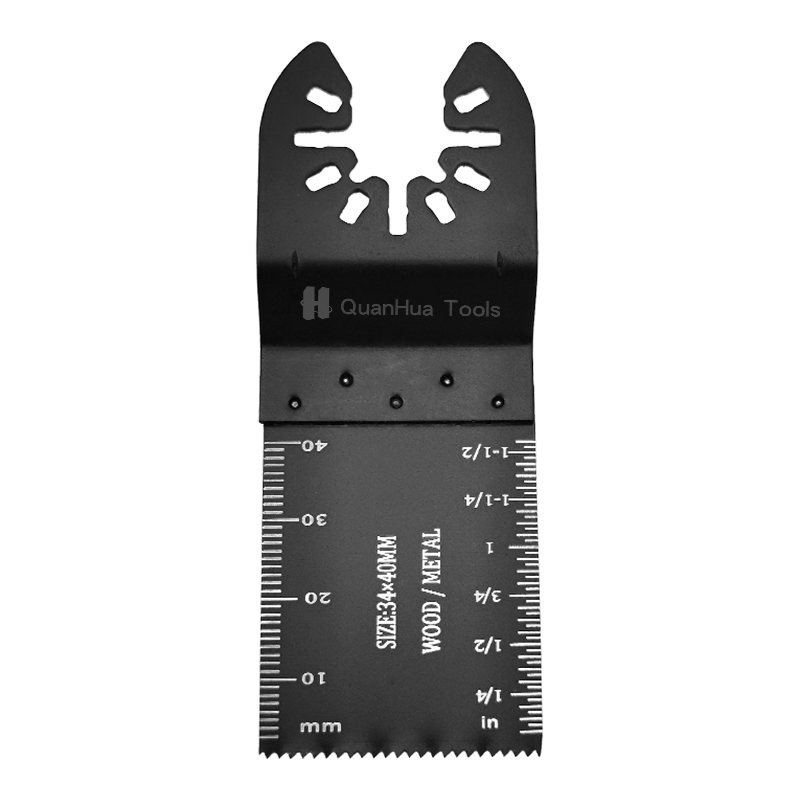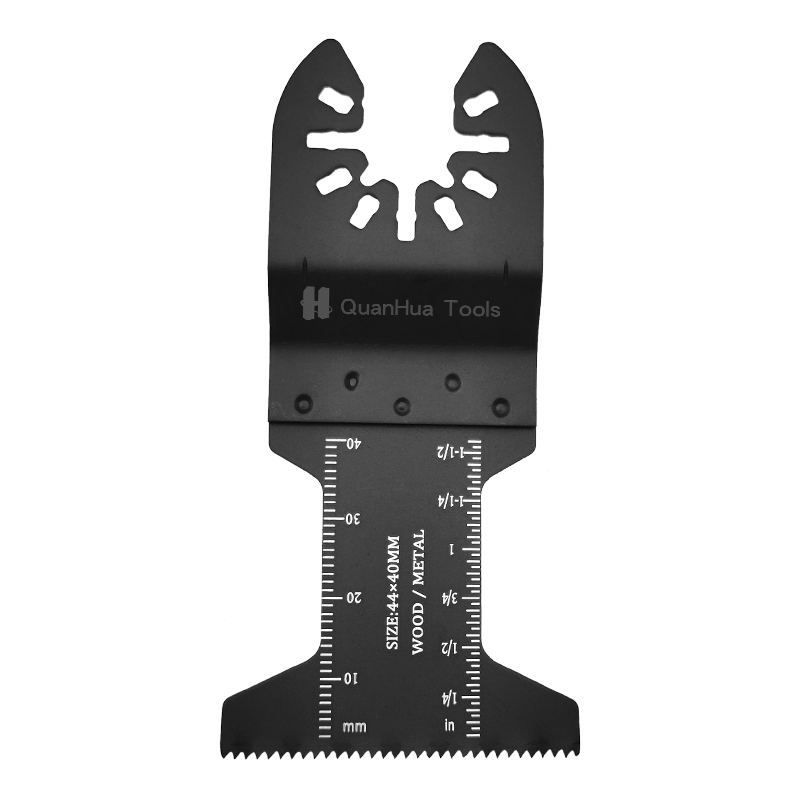Introduction
Oscillating saw blades are an essential tool for DIYers and professionals alike, offering versatility and precision for a variety of projects. Unlike traditional circular saws, oscillating tools use a rapid side-to-side motion to cut through materials, making them ideal for tight spaces, intricate cuts, and materials like wood, metal, and drywall.
What is an Oscillating Saw Blade?
An oscillating saw blade is designed to be attached to an oscillating multi-tool, which works by moving the blade in a side-to-side motion (oscillation) at high speeds. This allows for quick, controlled cuts through different materials with minimal vibration, reducing the risk of mistakes and offering more precision than many other types of saws.
How Does it Work?
The key feature of an oscillating saw blade is its oscillating motion, which is different from the rotary action of traditional saws. This allows the blade to make cleaner cuts with less force, especially in delicate materials. The oscillating motion also provides better control, allowing users to make cuts close to surfaces without damaging the surrounding area.
Difference Between Oscillating and Circular Saws
While both tools are used for cutting, oscillating saw blades are typically more versatile, offering precision in tight spaces and the ability to make flush cuts. Circular saws, on the other hand, are better suited for larger, straight cuts and can handle heavier-duty tasks.
Types of Oscillating Saw Blades and Their Uses
Oscillating saw blades come in various types, each designed for specific tasks. Selecting the right blade ensures a smoother cut, better efficiency, and a longer tool lifespan.
| Blade Type | Ideal For | Material Compatible |
|---|---|---|
| Wood Cutting Blades | General wood cutting, trim work | Wood, plywood, soft materials |
| Metal Cutting Blades | Cutting through metal, screws, nails | Metal pipes, nails, screws |
| Universal Blades | Multi-material cutting | Wood, plastic, drywall |
| Flush-Cut Blades | Cutting flush to surfaces (baseboards) | Wood, plaster, drywall |
| Segmented Blades | Precision cutting and detail work | Wood, plastics, drywall |
Wood Cutting Blades
These blades are ideal for cutting wood and soft materials like plywood. They are often used for trimming, shaping, and making detailed cuts in woodworking projects.
Metal Cutting Blades
Designed to handle tougher materials, metal-cutting blades are perfect for cutting through metal pipes, screws, nails, and bolts. They are commonly used for plumbing and electrical projects.
Universal Blades
A versatile option, these blades can be used to cut a wide range of materials, including wood, plastic, and drywall. They’re perfect for mixed-material jobs.
Flush-Cut Blades
These blades are used for cutting flush to a surface, making them perfect for tasks like trimming baseboards or cutting through thin materials without damaging the underlying surface.
Segmented Blades
Segmented blades are great for precision cuts, making them ideal for detailed work and cutting in tight spaces.
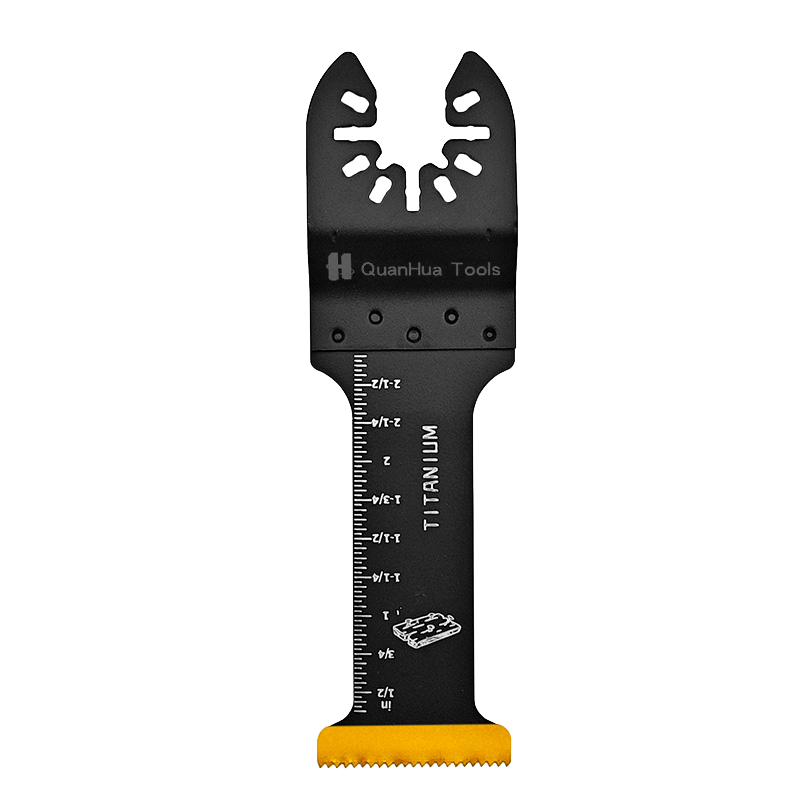
Basic Tips for Beginners
Using an oscillating saw blade can be a bit tricky for first-time users, but with the right techniques and safety precautions, you’ll soon be comfortable with this powerful tool.
Choose the Right Blade for Your Project
It’s important to select the correct blade for the material you’re cutting. Using the wrong blade can lead to poor results and cause the blade to wear out quickly. Refer to the table above to choose the right blade for your task.
Adjust the Speed for Different Materials
Different materials require different speeds. For softer materials like wood, you can use a higher speed, while for harder materials like metal, use a slower speed to ensure the blade doesn’t overheat or wear down prematurely.
Keep a Steady Hand and Control the Tool
Oscillating tools are known for their precision, but controlling the speed and force is key. Avoid forcing the tool through the material; let the oscillating motion do the work. Always maintain a steady grip on the tool to prevent the blade from veering off course.
Use Proper Safety Gear
Before starting any cutting task, ensure you’re wearing appropriate safety gear. This includes safety goggles to protect your eyes from flying debris, gloves to prevent injury from sharp blades, and a dust mask to avoid inhaling dust particles.
Ensure Proper Blade Installation
Before using your oscillating tool, check that the blade is securely attached. Loose blades can cause vibration, leading to inaccurate cuts and possible injury. Always tighten the blade according to the manufacturer’s instructions.
How to Use an Oscillating Saw Blade
The process of using an oscillating saw blade is straightforward, but proper technique is essential to ensure both safety and precision.
Set Up Your Work Area
A clean, organized workspace is crucial for both safety and accuracy. Make sure the area is well-lit and free from obstacles. Secure your material (wood, metal, etc.) on a stable surface to prevent movement during cutting.
Make Your First Cut
Start by setting your oscillating saw to the appropriate speed and lightly touching the blade to the material. Always make your first few cuts slowly to familiarize yourself with the tool’s response. Once you gain confidence, you can increase speed and pressure gradually.
Make Straight Cuts
For straight cuts, use a guide or mark a line on the material where you want to cut. Move the tool steadily along this line, applying even pressure. If you’re cutting along a longer edge, consider using a clamp or fence to keep the material in place.
Flush-Cut Techniques
If you’re using a flush-cut blade, make sure the tool is flush against the surface. These blades work well for trimming baseboards or cutting against walls. Go slowly to maintain control and achieve a clean cut.
Advanced Techniques for Better Results
Once you’re comfortable with basic cuts, try these advanced techniques for even more precision.
Using the Oscillating Blade for Precision Work
Oscillating tools are fantastic for detail work, such as cutting out small shapes or trimming edges. When working on fine cuts, maintain a steady hand and avoid pushing too hard. This will ensure the cuts are smooth and precise.
Making Curved Cuts
To cut curves, guide the tool slowly and gently along your marked line. Don’t try to rush this process; take your time to avoid jagged edges. Consider using a smaller blade for tighter curves.
Cutting Through Nails and Screws
One of the standout features of oscillating saw blades is their ability to cut through nails and screws without damaging surrounding materials. This makes them a great tool for demolition or renovation projects.
Troubleshooting Common Issues
Here are some common problems users may encounter with oscillating saw blades, and how to resolve them:
Blades Getting Stuck
If the blade is getting stuck, it may be due to improper material selection, insufficient speed, or excessive force. Reduce the speed and use lighter pressure. Ensure the blade is sharp and clean.
Uneven Cuts
If your cuts are uneven, check your blade alignment and work speed. Make sure the tool is steady, and you’re cutting along a well-marked line. For flush cuts, check that the blade is properly positioned against the surface.
Blade Wear and Tear
Blades can become dull over time. If you notice the tool is not cutting as smoothly, it might be time to replace or sharpen the blade. Regular maintenance and proper storage can help extend the blade’s life.
Maintenance and Care for Oscillating Saw Blades
Taking good care of your oscillating saw blade will ensure it lasts longer and performs optimally.
How to Clean the Blades After Use
After each use, clean your blade with a soft brush or compressed air to remove sawdust and debris. This prevents buildup that could affect performance.
Sharpening Your Oscillating Blades
If your blade starts to dull, sharpening it can restore its cutting ability. Some blades can be sharpened with a fine file or sharpening tool. Always follow the manufacturer’s guidelines to prevent damaging the blade.
Storing Your Blades Properly
Store your blades in a cool, dry place to avoid rust and damage. A blade holder or case can protect your blades from wear and tear when not in use.

